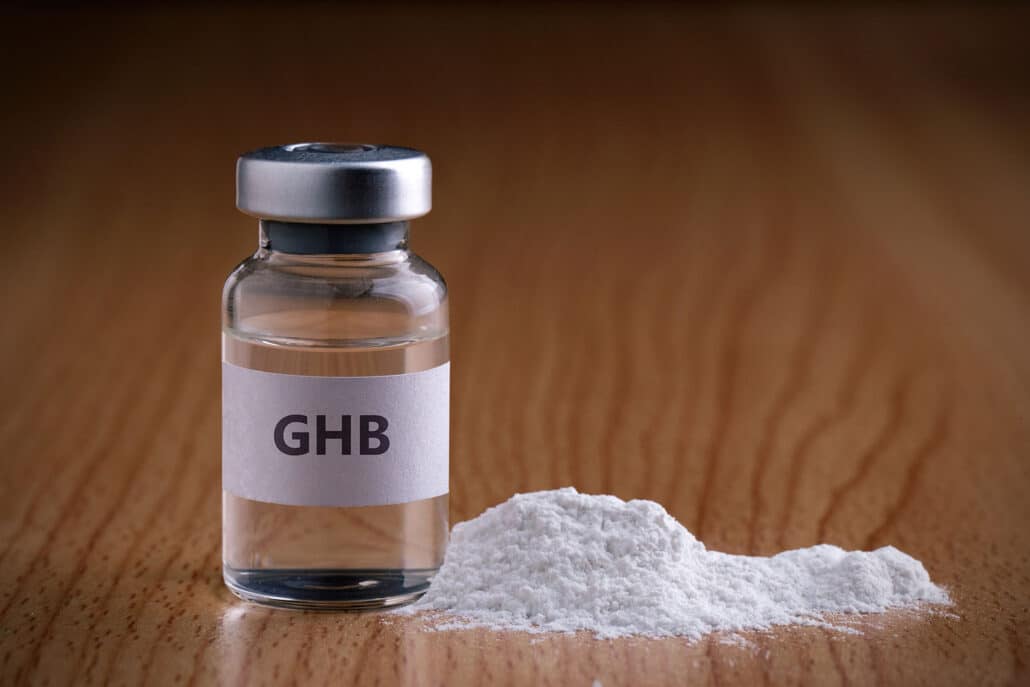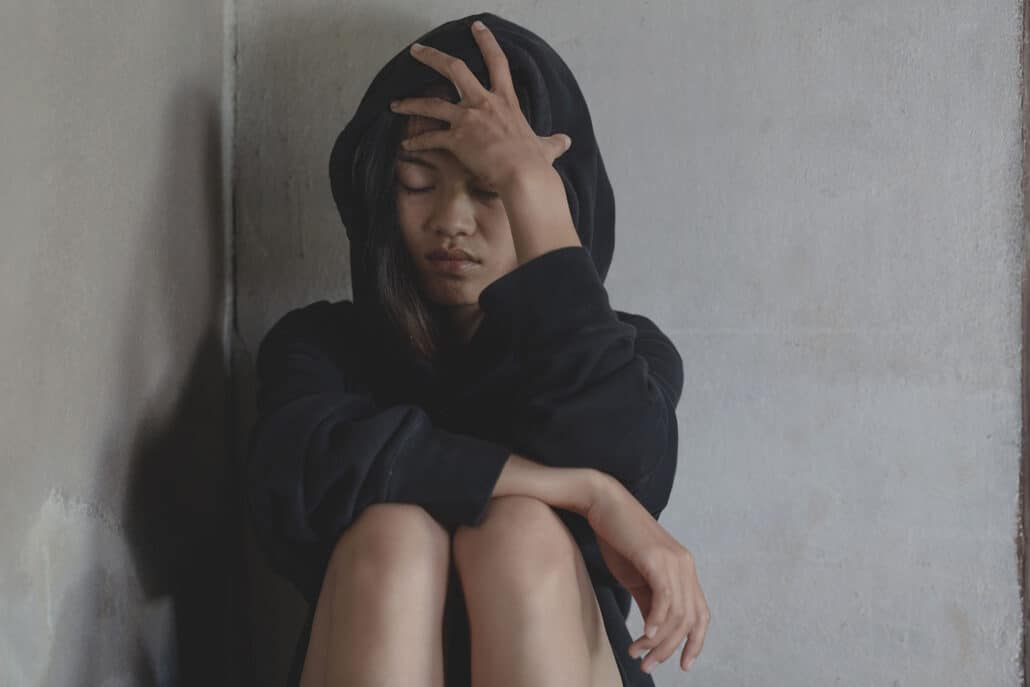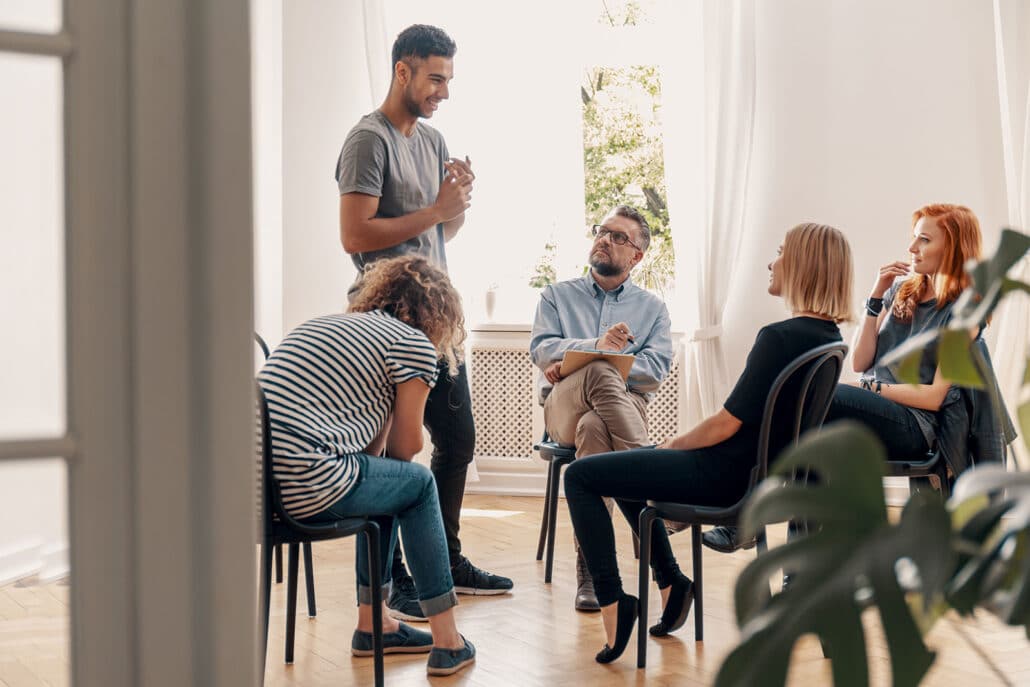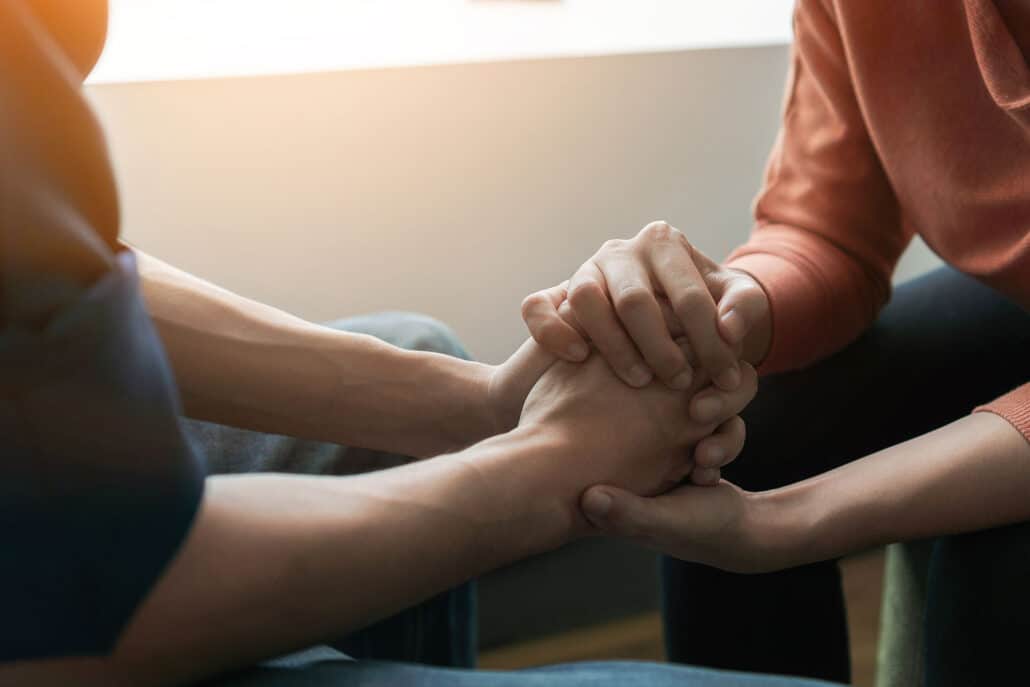GHB isn’t an easy substance to recover from. Because of its side effects, you may require round-the-clock monitoring, medication, and assistance.
Fortunately, you don’t have to go through GHB recovery alone. We can provide the treatment, medical experts, and facilities you need to overcome GHB!
In this article, we give you an idea of what you can expect when undergoing GHB addiction treatment in New York.
Table of Contents
What Is GHB?
Gamma-hydroxybutyrate acid, or GHB, is a depressant and Schedule I controlled substance in the United States. This means it’s a dangerous substance that has a high potential for drug abuse.

GHB may be an ingredient in fish tank cleaner, ink stain remover, and nail enamel remover. It’s a colorless and slightly salty liquid that causes amnesia.
Because of its effects, GHB makes users vulnerable to sexual assault. It’s also notorious as a date rape drug in dance clubs.
Common street names of GHB are Easy Lay, Grievous Bodily Harm, Georgia Home Boy, and Liquid X.
What Does GHB Do to the Brain?
GHB is a depressant for the central nervous system, meaning, it may induce sleep and relieve anxiety under the proper usage.
If you abuse it, it can produce hallucinations, euphoria, and aggressive behavior. What’s more, taking GHB may lead to confusion, difficulty thinking, drowsiness, and memory impairment.
When you take GHB regularly for a long time, you can develop a physical dependence on it.
What Are the Effects of GHB on the Body?
GHB takes effect 15 to 30 minutes after consuming it, and the effects last for up to six hours. Low doses can lead to nausea, while high doses of GHB can have the following effects.
- Seizures
- Unconsciousness and blackouts
- Decreased heart rate
- Slowed breathing
- Vomiting
- Coma
- Lowered body temperature
- Death
What Are GHB Analogs?
GHB analogs are substances that turn into GHB after metabolizing in our body. Some people may also abuse these analogs.
Analogs of GHB, like gamma-butyrolactone, have these side effects:
- Incontinence
- Kidney failure
- Liver damage
- Respiratory depression
- Skin irritation
- Death
Is GHB Dangerous?
Yes. GHB is a dangerous drug because it can knock you unconscious. People who take it become vulnerable to sexual assault.
In addition, high doses of GHB can lead to seizures, coma, and death.
GHB is particularly dangerous when you combine it with alcohol or other depressants. Having it with sedatives may result in breathing problems and excessive sleepiness. Taking GHB with amphetamines and anticonvulsants can have serious side effects.

Who Are Vulnerable to GHB Abuse?
Younger people are the most vulnerable to GHB because of its prevalence in clubs.
A report by SAMHSA says 0.4% of people aged 12 years and above have taken GHB in their lifetime.
Nearly 60% of people taking GHB are 18 to 25 years old. Unfortunately, surveys show that 2% of high school seniors have used the drug at least once.
Moreover, a common misconception about GHB is that it can build body mass. Due to this, athletes may also abuse the drug as a supplement.
What Are the GHB Withdrawal Symptoms?
Most GHB withdrawal symptoms should disappear after two or three days in mild cases. However, if you take GHB in high doses for longer, you can develop post-acute withdrawal symptoms.
In the latter case, you may experience hallucinations, an altered mental state, and changes in your sleep after four to five days. The symptoms can mimic seizures and last for up to two weeks.
On top of this, in severe cases, rhabdomyolysis is a possibility. This is when your skeletal muscles break down, and toxins get released into your bloodstream, causing kidney failure.
Other symptoms of GHB withdrawal include the following.
- Insomnia
- Anxiety
- Tremors
- Psychotic thoughts
- Delirium
- Increased heart rate and blood pressure

What Does GHB Addiction Treatment Look Like?
GHB withdrawal is life-threatening, and you may need to undergo a multi-disciplinary approach to manage it. This is because GHB withdrawal often has a rapid onset, with a swift progression to severe complications.
Here’s what GHB addiction treatment in New York looks like.
1. Medication
Since GHB withdrawal has serious side effects, you must receive medication to ease the symptoms. These are some of the medicines you might take during GHB addiction treatment.
- Benzodiazepines: Benzodiazepines can relieve muscle spasms, anxiety, and seizures. However, it may become addictive, and you can develop resistance if you abuse it.
- Barbiturates: Studies suggest that barbiturates phenobarbital are effective for treating GHB withdrawal symptoms. Barbiturates can reduce seizures, insomnia, and anxiety.
- Anticonvulsants: Anticonvulsants are medications that may prevent seizures and calm patients down. It can suppress hyperactivity in the brain.
- Pharmaceutical GHB: In some cases, pharmaceutical GHB can slow the symptoms of GHB withdrawal. It can treat excessive sleepiness as well.
- Dantrolene: Doctors may treat patients with neuroleptic malignant syndrome with dantrolene. This medication can regulate distorted calcium secretion and improve the serotonin system.
2. Inpatient Treatment
Inpatient treatment is necessary for those who have a severe addiction to GHB. This is when you stay at a hospital or facility full-time as you wean off of the drug.
This treatment may last from a few weeks to a few months. Don’t worry, inpatient treatments have non-hospital residential settings.
Below are a few reasons why you may want to undergo inpatient treatment.
- Safety: During inpatient treatment, you get 24/7 supportive care. Doctors can monitor your vital signs and ensure your safety throughout the withdrawal process.
- Higher Success Rate: The hospital staff will prevent you from taking illegal substances. Inpatient treatment gives you a higher chance to stop the drug abuse.
- Better Experience: Medical professionals can ease your symptoms of withdrawal. Inpatient treatment lets you have a more pleasant experience compared to a self-detox.
- Community: Through inpatient treatment, you meet a community that can support you through a challenging time. The friendships you form with people undergoing the same struggles can help you in the long run!
3. Outpatient Treatment
In case inpatient treatment isn’t an option for you, you may undergo intensive outpatient treatment instead.
IOP may be more convenient for some because you only spend a few hours a day at the facility. This means you get to return home and continue working and seeing your family!
Depending on your schedule, you can undergo outpatient treatments during the day or night. Note that you must have a stable home environment to become an outpatient. Otherwise, you may relapse.
Here are a few perks to outpatient treatment.
- Adapt to Life: IOP lets you adapt to your everyday life while learning new coping mechanisms. It’s perfect for those who need their family during recovery.
- Access to Experts: This type of therapy gives you full access to medical experts and psychotherapists. You still receive the medication management you need to get better.
- Drug Screenings: To prevent you from relapsing, you may undergo random drug screenings. It ensures you stay responsible even though you’re not at the facility.
- Flexibility: IOP is for those with other life commitments. It doesn’t put a stop to your school or work schedules.
- Less Costs: IOP is more affordable than inpatient treatment. Plus, you can maintain your privacy and avoid the stigma surrounding residential treatment.
4. Therapy
Once you expel the GHB from your system, you can begin undergoing rehabilitation and therapy. Therapy gives you the necessary skills to restart your life. It guides you to improve your relationships with loved ones and helps you identify signs of relapses.
Some therapies for GHB addiction include the following.
- Cognitive Behavioral Therapy: In CBT, a counselor talks to you to help you understand your emotions with logic. Your therapist will suggest alternative behaviors and beneficial thinking patterns.
- Dialectical Behavioral Therapy: DBT teaches you to accept reactive feelings while changing habits. It guides you to let go of limiting thoughts and become free.
- Motivational Enhancement Therapy: MET focuses on motivating individuals to change behavior. It can lead you to become confident and willing to change for the better!
- Art and Music Therapy: Art, music, and dance therapy develop your coping skills and ease emotional conflicts. It can help you express traumas without having to speak.
- Group Therapy: During group therapy, you meet with a small group of individuals undergoing the same experience. The group can offer you a sense of community without judgment and lets you develop new coping skills.
5. Aftercare
Addiction treatment doesn’t end once you finish your scheduled therapies. It’s an ongoing life challenge you can make more manageable by joining an aftercare group.
Aftercare groups can prevent you from falling back to old patterns and provide you with a safe support system.
In 21-step groups, you attend community-based meetings where you share your experiences. There are tons of support groups to choose from, and we can guide you to one where you’ll fit right in!

Conclusion: Getting Help
GHB withdrawal is potentially dangerous because of its side effects. You may need medical assistance to begin recovery.
GHB addiction treatment in New York involves medication, inpatient treatment, therapy, and aftercare. With the right help, you can turn your life around in a safe environment.
Please contact Long Island Interventions for information about GHB Addiction Treatment near you.

